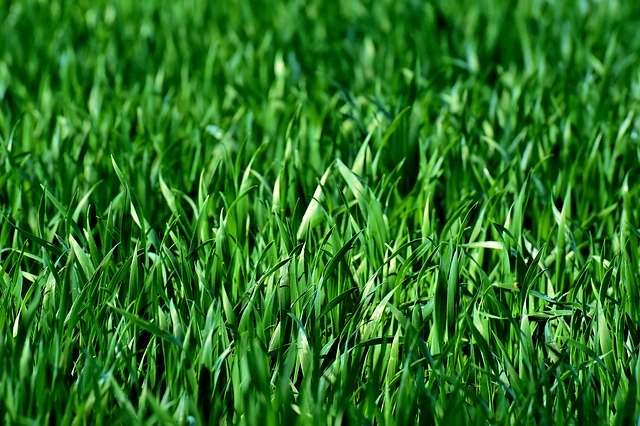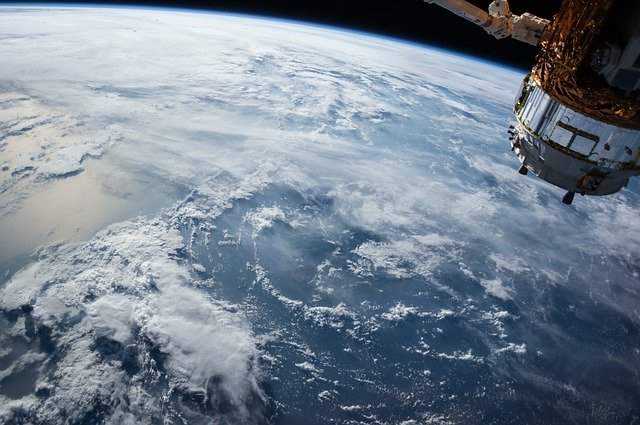
IoT is all about low energy. It’s all well and good to have millions, if not billions, of devices around the world, but if they draw a lot of energy, it can be hard to keep them powered up.
In the past, we covered some ways that engineers have used ingenious ways to power IoT devices. For instance, devices at sea can use the motion of the ocean waves to power themselves. Others can use solar power or even ambient indoor lighting to run.
At this rate, you may wonder if we’ll see IoT devices using potatoes as batteries. Engineers at Lacuna Space and Plant-e take this one step further and have created transmitters that use grass as their power supply.
How Does It Work?
The best part of this technology is that it doesn’t interfere with the grass whatsoever. If the plant is properly watered and kept alive, the transmitter can get its fill.

It doesn’t even sap energy from the grass itself. Believe it or not, plants emit an electrical charge as waste; if not a very, very small one. The sensor developed by Lacuna Space and Plant-e harvests this energy to power itself. Using this trick, it can harvest about 0.2mW of power – that’s milliwatts, not megawatts!
What Does It Do with this Energy?
So what’s this device doing harvesting grass energy? Over time, the gadget will accumulate 75mW of energy. This is enough energy to transmit a signal to a satellite in space, and that’s what it does with it. The device will beam information to satellites owned by Lacuna Space, which will send the data to its destination.

But what’s the gadget transmitting? Given the device is sitting in the soil next to plants, it can give a reading of its surroundings. It can figure out the condition and dampness of the soil as well as other metrics related to the wellbeing of the plants that power it.
As such, if a farmer or gardener wants to keep tabs on their plants, they can implement one of these sensors. It powers off of the waste electrical charge of the crops it’s watching over and sends a status report anywhere in the world to give the gardener peace of mind.
How Likely Will We See These in Action?
Both Lacuna Space and Plant-e have high hopes for this technology. Lacuna will launch a few more satellites to handle the increase in transmissions.
Plant-e will work on getting the technology figured out and put into an open-source domain, but they warn that every device made will cost tens of dollars for a year of transmissions. If someone wanted to plant a batch of them in a field or garden, it may cost a lot.
Also, the devices are currently not biodegradable. This means any devices that are forgotten about or lost will add to the pollution of the environment. Plant-e hopes to fix this so that any stray devices will vanish by themselves.
The Grass Is Greener for IoT
IoT engineers are always finding ways to power their devices without the need for a mains power supply or batteries. This new gadget is a perfect example by taking the waste energy from the very environment that it’s monitoring.
Do you think this technology will take off? Let us know below.







